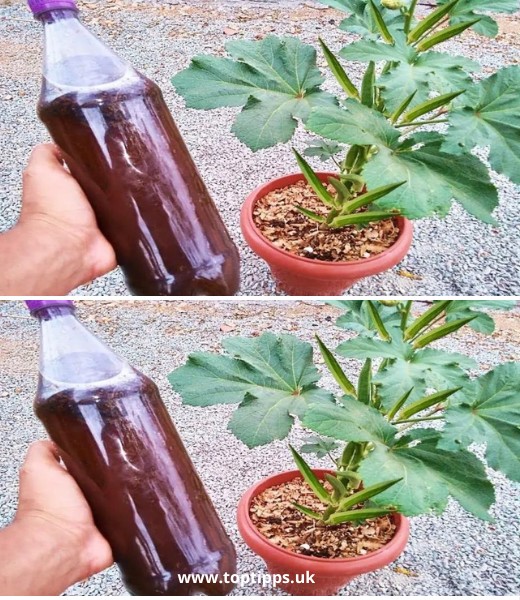Check the plant’s soil moisture.
Although water is a vital element for plants, overwatering can also damage houseplants. In fact, this can cause the roots to rot and suffocate them. If the soil is too watery, remove the plant from the pot to allow the roots to dry out and remove rotten roots. To do this, remove any roots that appear brown or soft, using pruning shears, so that only the white roots remain. After this step, transplant your plant into a new pot containing drainage holes. Place clay pebbles in the bottom of the pot to promote drainage.
If, on the other hand, you notice that the soil of your plant is very dry, it means that its wilting is due to lack of water. In this case, your plant will need a bath. Bathe the pot in the sink with water at room temperature. This will allow your plant to recover all its vitality. Choose non-calcareous water for your plant, such as spring water, and do not forget after each watering to remove the stagnant water in the dish or pot.
Add fertilizer to the plant.
Lack of nutrients is also a factor responsible for plant wilting. That said, when transplanting, remember to use nutrient-rich soil, or add a natural fertilizer such as coffee grounds, vegetable cooking water or paste, or wood ashes to the soil.
Protect the plant from pests.
Houseplant attacked by mealybug – Source: spm
Pests or pests that attack your plants can weaken them and cause them to wilt. That’s why it’s important to protect your plant from parasites such as aphids, mealybugs or spider mites, especially if you find holes or white marks on the foliage. To do this, several ecological and natural tips can help you to effectively eliminate these pests, such as white vinegar or black soap.
Thanks to these simple gestures, you will be able to save your dying plant and return it vigorous and lush.
